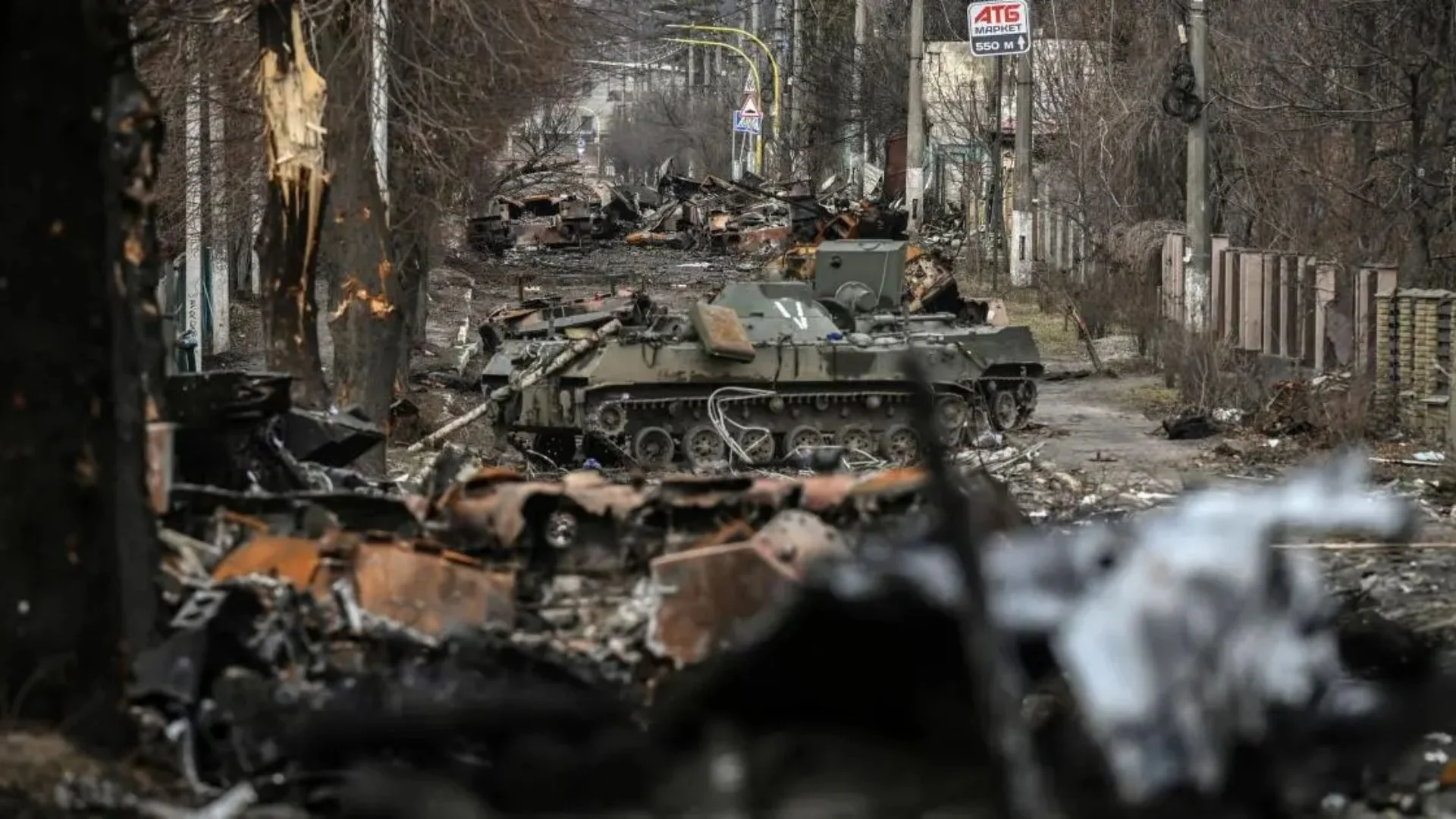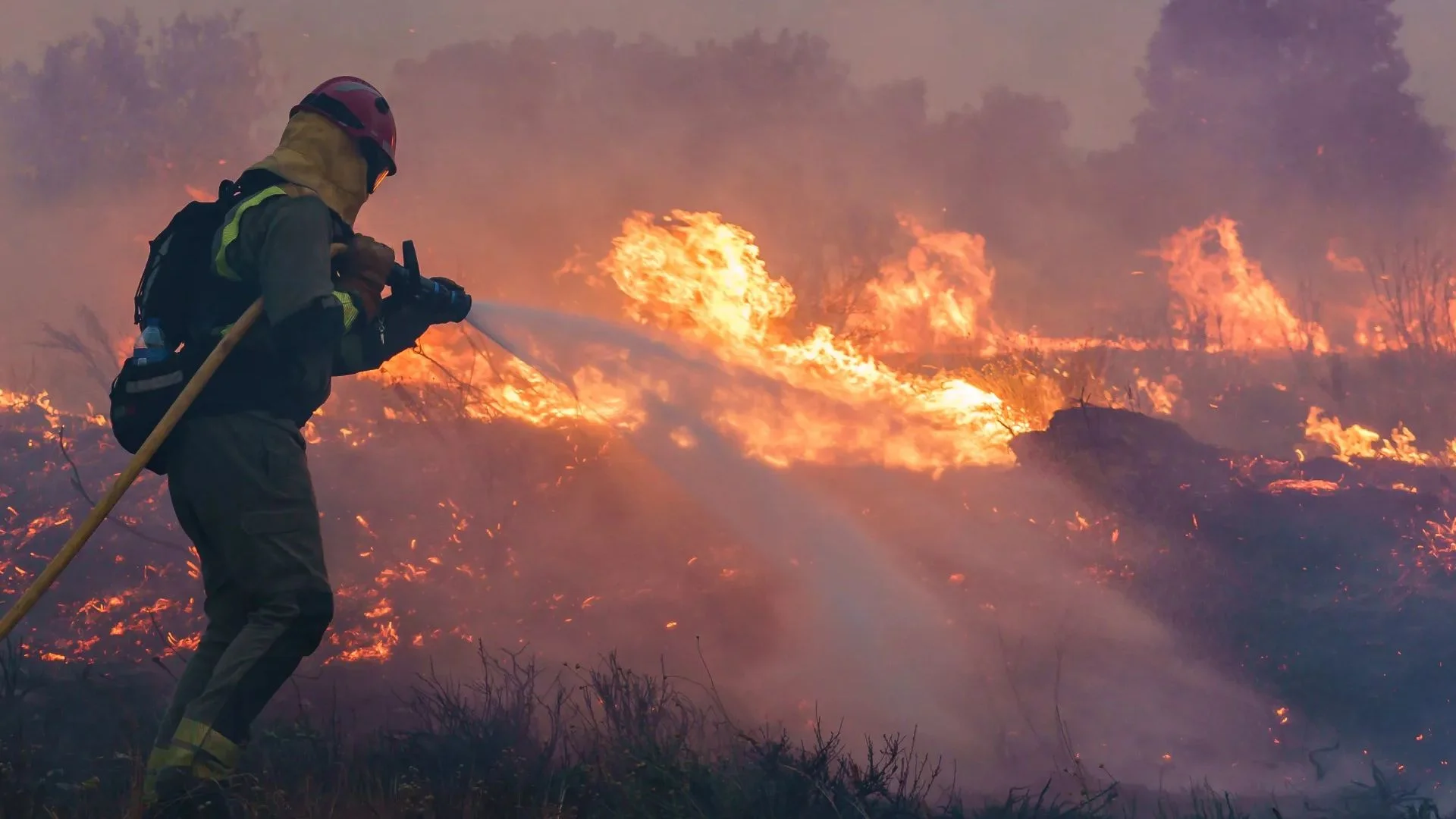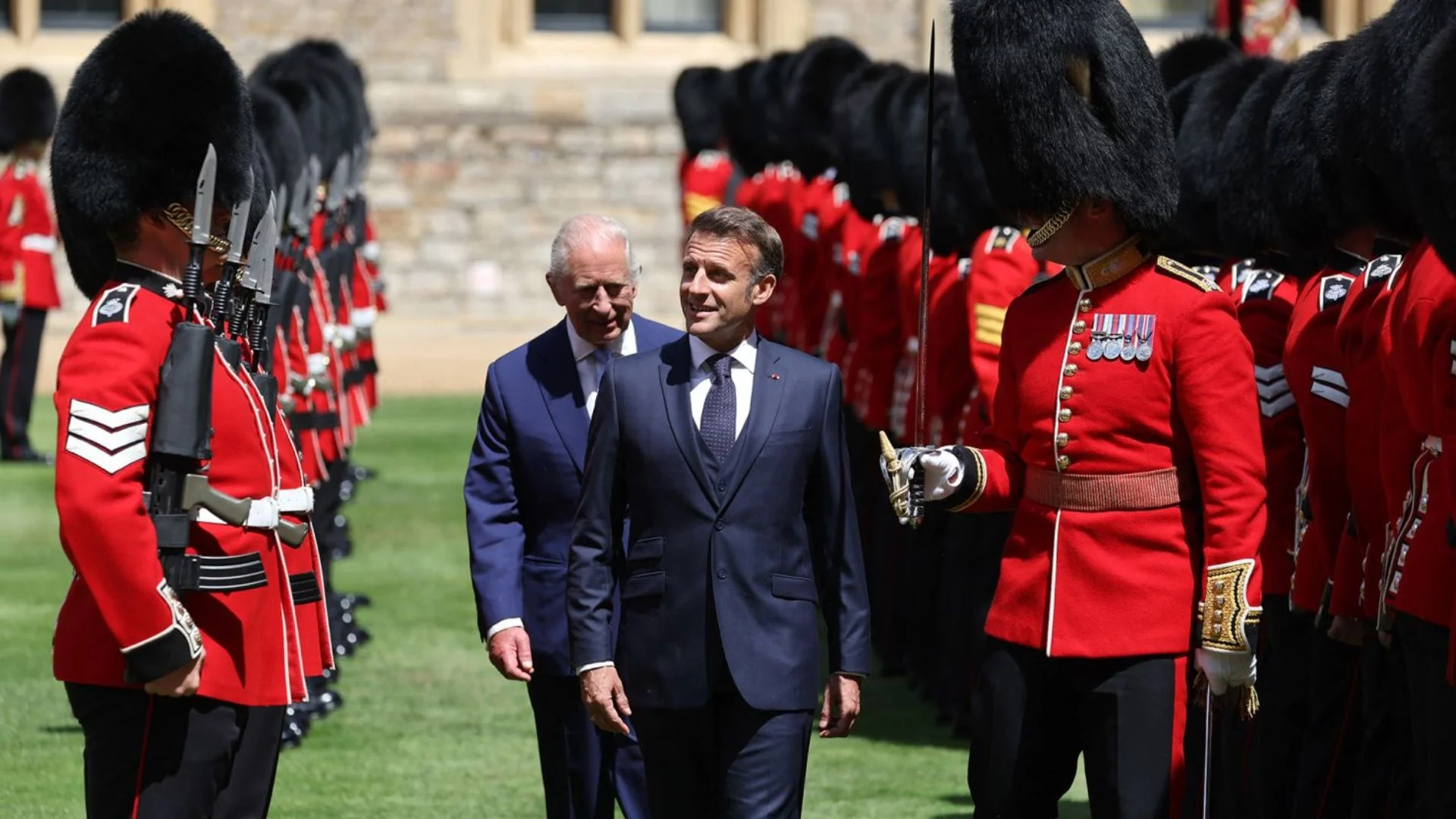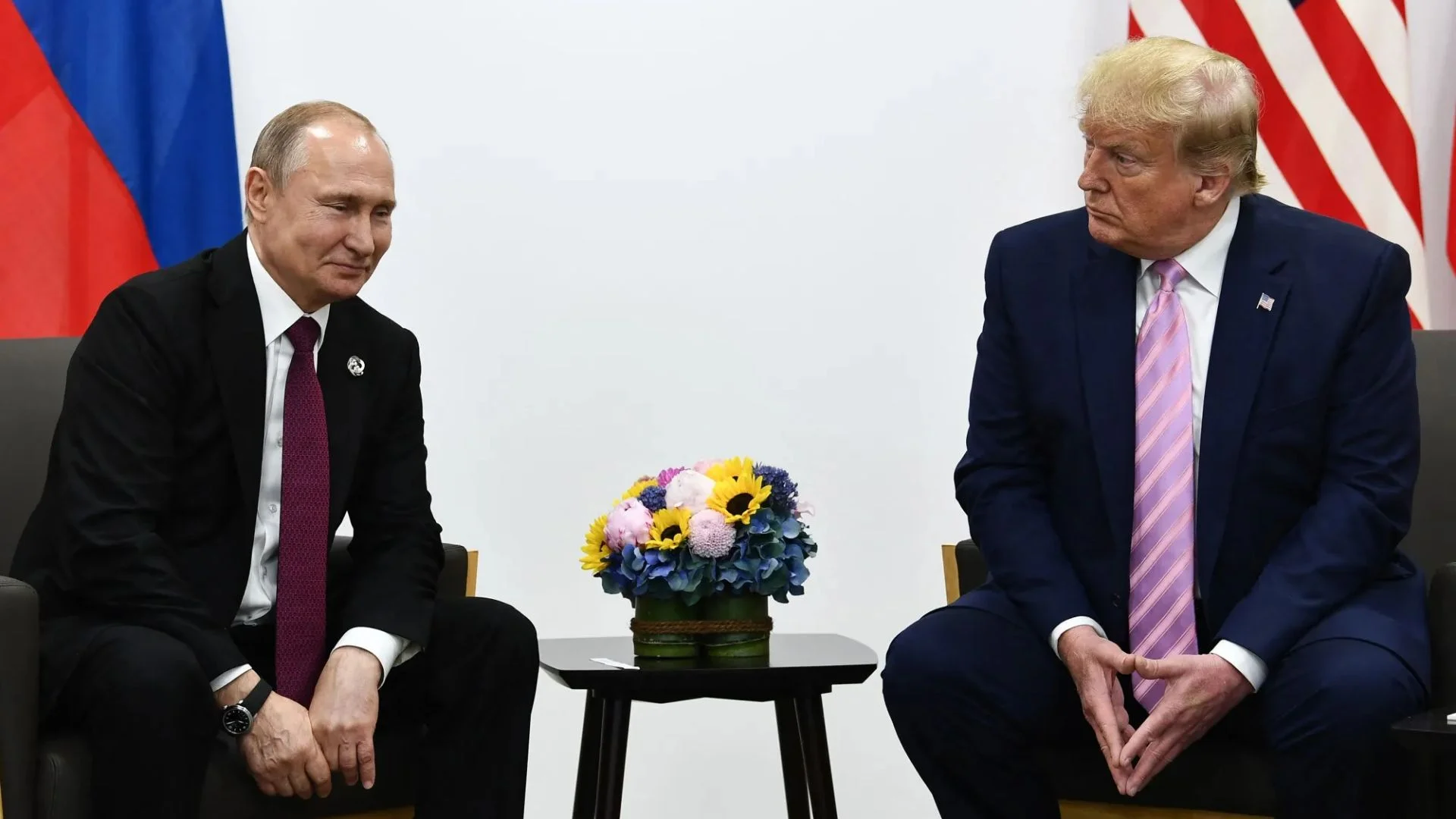Ukraine conducted a huge and clandestine drones attack on Sunday, hitting five of the largest Russian military airbases in what President Volodymyr Zelensky described as the nation’s “most long-range operation” to date. Ukraine’s Security Service (SBU) carried out the operation named “Spider’s Web” and hit planes stationed thousands of kilometers behind the frontline.
Zelensky confirmed that the attack targeted at least 41 Russian planes, including strategic Tu-95 and Tu-22 bombers and the A-50 radar command plane. The President of Ukraine declared the operation a “brilliant” success and stated that it had taken over 18 months to plan.
Spider’s Web: A New Tactic in the Warfare of Drones
As reported by Ukrainian sources, the operation represented a change of strategy. In contrast to earlier drone attacks made from Ukrainian territory, this operation saw drones smuggled into Russia beforehand. Operators remotely launched the drones, which they had hidden beneath wooden cabins on trucks, to attack near the airfields.
Ukrainian “Pavutyna” (spider net) operation is today’s attack launched simultaneously on four russia’s strategic aviation airbases has reportedly destroyed 40 (forty) strategic bombers on 4 (four) airbases: Belaya (4700 km from Ukraine), Dyagilevo (700 km), Olenya (2000 km),… pic.twitter.com/AYr5g7Xr7L
— Sergej Sumlenny, LL.M (@sumlenny) June 1, 2025
Photos published by the SBU demonstrated tiny FPV (First-Person View) drones concealed in portable structures. Zelensky announced that Ukrainian forces employed 117 drones in the attack, striking around 34 percent of the strategic cruise missile carriers stationed at the targeted bases.
Russia’s defence ministry confirmed the attack, saying: “The Kyiv regime organised a terror attack using FPV drones on airbases in the Murmansk, Irkutsk, Ivanovo, Ryazan, and Amur Oblasts.” Moscow reported some aircraft “burnt” at Murmansk and Irkutsk airbases but said it had repelled those at Ivanovo, Ryazan, and Amur.
Video clips circulating on the internet seemed to capture Russian planes on fire at Belaya airbase in Irkutsk and Olenya airbase in Murmansk. Dense smoke billowing from runways sealed the scale of damage.
Colossal Damage and a Strategic Blow by Drones
Ukraine’s SBU subsequently asserted the losses Russia’s strategic aviation has suffered to the tune of $7 billion. “$7 billion: This is the cost of the enemy’s strategic aviation, which was damaged today due to the SBU’s special operation,” the agency said.
The strike is a significant psychological and strategic defeat for Moscow’s air power. Although Russia has not announced the full scope of the losses, its defence ministry stated that “several planes caught fire” and suspects, including a truck driver who was involved in launching drones, were arrested.
Zelensky confirmed that Ukrainian forces successfully evacuated troops involved in the operation from Russian soil. “Those who were involved in making preparations for the attacks were evacuated from Russian soil promptly,” he stated.
Peace Talks on Horizon as Strikes Escalate
The theatre operation was only a day ahead of planned peace talks in Istanbul between the Russian and Ukrainian delegations. Ukrainian Defense Minister Rustem Umerov will lead Kyiv’s delegation in the talks facilitated by Turkey, backed by the United States.
Zelensky restated the priorities of Ukraine before the negotiations: “a full and unconditional ceasefire” and the release of prisoners and kidnapped children. He admitted there is doubt about Moscow’s good intentions, but insisted Ukraine is ready to continue on a diplomatic path.
Russia, on its part, claimed that it had worked on its peace proposals but refused to release them before the meeting. Russian Foreign Minister Sergei Lavrov and US Secretary of State Marco Rubio also talked about the peace plan over the phone on Sunday.
Ukraine’s largest drone strike to date highlights its changing asymmetric warfare strategy as it continues to push back against Russia’s greater military might. The fact that it hit on the eve of diplomatic negotiations also exhibits Kyiv’s two-pronged strategy of pressure and negotiation.
As the war hits the three-year milestone, Ukraine’s message is clear: it still can hit far into Russian-controlled territory and will keep doing so unless Moscow decides on peace.






















